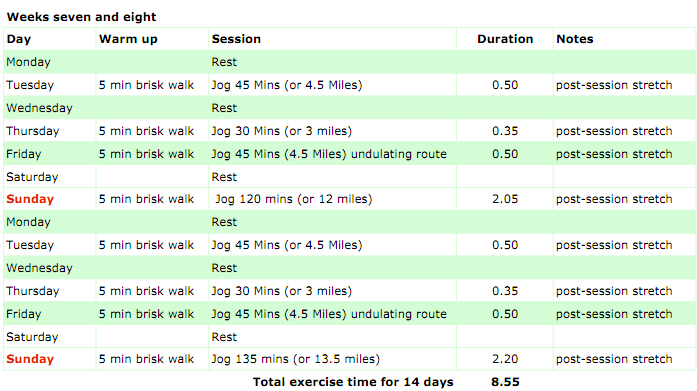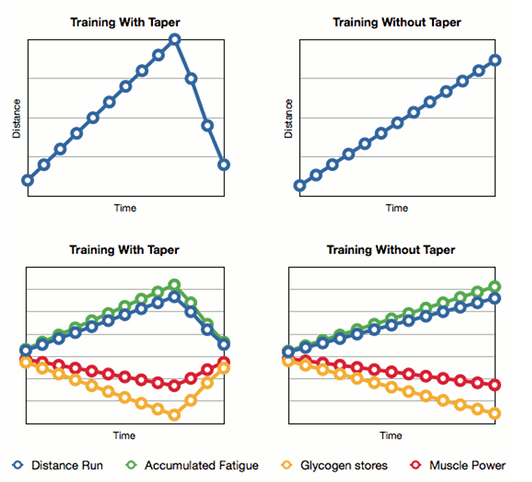Short Quality Runs to Help You Run Faster
Having performance standards helps you perform better. That’s a fact. When you set time, distance, and pacing constraints, you naturally push harder, especially, when it comes to running faster.
Many workouts that teach you how to run faster usually add up to longer distances. Luckily, if you don’t have much time or it’s too hot to train long, you can still get a quality workout from your short distance runs!
Fartleks or “speed play” can be done with both long and short runs and the premise is simple: perform short bursts of concentrated intense effort at any point during your run. For example, if you’re running under 5km, you could throw in several 15-25sec sprints separated by easy effort (or recovery periods). It helps develop your fast twitch muscles and the short, but quick, accelerations can add quite a bit of power to your legs.
Strides is a type of running drill that require less effort than fartleks and you can incorporate it pretty easily in the beginning, middle, and end of your runs. They’re short, at about 50-100 meters, and they emphasize proper form. Strides are usually done “comfortably fast” and it forces you to mimic the mechanical motion of an all-out sprint, but in a controlled fashion.
[youtube http://www.youtube.com/watch?v=qS9rFdeCjuk&w=350&h=263]
Efficiency is ultimately the product of experience. Repetition creates muscle memory and consistent practice ingrains the action being performed so much so that, eventually, you can accomplish something without even thinking about it!
Runners who can pick up their speed and look effortless in the process are probably quite familiar with proprioceptive cues. Propioception is your conscious awareness of your body’s movements and propioceptive cues are prompts that help you improve control over those movements.
The important thing to remember about proprioceptive cues is that they focus your attention on external factors to help you improve your stride length and turnover rate: two factors that have a direct impact on your speed. They’re also kind of ideal for shorter runs (to start) since it requires a lot of effort to focus on any given cue.
In Brain Training for Runners, author Matt Fitzgerald, covers several proprioceptive cues that increase your running efficiency and speed. These three are my favorite, which are adapted from Active.com.
Coasting – Imagine driving a car up a hill. You reach the top and start back down but, before you descend, you shift the gear to neutral. The car coasts down letting gravity do its job and conserves gas in the process. As a runner, when you coast, the principle is the same – you relax into a steady pace to conserve energy and just let the natural forward movement carry you.
Running Against a Wall – Picture yourself running on a treadmill with a wall that’s only inches away from your nose. If you reach your foot too far ahead, you’ll hit the wall. Keeping this image in mind enables you to plant your foot closer to your center of gravity and prevents you from overstriding (one of the most common mistakes runners make when they speed up).
Sneaking Up – Quick feet reduces ground contact time and faster runners are very quick on their feet. One way to trick your legs into increasing their turnover rate is to run softly. Imagine that you’re trying to catch up to a runner in front of you, but you don’t want them to know you’re getting closer. Just listen to the sound of your feet hitting the ground. If you just focus on the sound and try to land quietly (or just eliminate the “stomping sound”), you’ll naturally reduce the amount of impact your legs absorb during your runs.
There are also other ways to increase the quality of shorter runs – I, for one, occasionally break up a short run into a couple of different running drills to make it more fun (!), but we’ll touch up on that another time.




Thanks for the tips! Gonna get back to running after about a year and a half since I did a few 5Ks.
I have been running for many years, and I would have to say, you write about running very well, I’m impressed!